At-Home PT INR Test
Take Control of Your INR Testing with qLabs PT INR Strips – No Lab Required
At-Home PT INR Test What You Should Know About It When you take anti-coagulants or blood-thinners such as warfarin you are most likely aware of the necessity to monitor the level of INR in your system. Yet, honesty is the best policy, so it gets tedious, time-consuming, and sometimes inapplicable to go to the lab every week.
That’s where PT INR self-testing comes in. At-Home PT INR Test. It gives you the freedom to check your INR levels from the comfort of your home, in just a few minutes. No needles at a clinic. No long waits. Just simple, fast, reliable results.
To make it simple, let us nail it down.
Please click the link below to watch the video : https://youtube.com/shorts/i6blRtpTyaw
🔍 What is PT INR?
- PT (Prothrombin Time) informs you as to how your blood reacts and clots. This result is adjusted to INR (International Normalized Ratio) adjustment so that a doctor will comprehend it regardless of the area he/she is located. What is the importance? Too slow or too fast clotting can cause severe medical problems such as stroke, interior bleeding or blood clots. At-Home PT INR Test This is the reason why individuals who are taking drugs such as warfarin should be monitored. Normal INR: To majority of the healthy individuals: 0.8 -1.2 In case you take warfarin: 2.0 to 3.0 (or as your doctor wrote you)
🏡 Why Test Your INR at Home?
Let’s face it: weekly trips to the lab aren’t enjoyable. Things get busy in life. Schedules are subject to change. For this reason, home testing is revolutionary.
- Advantages of Self-Testing: Fast results (less than a minute)
- Saves money and time
Easy for elderly or chronic patients
- Great for people who travel often
- Peace of mind — anytime, anywhere
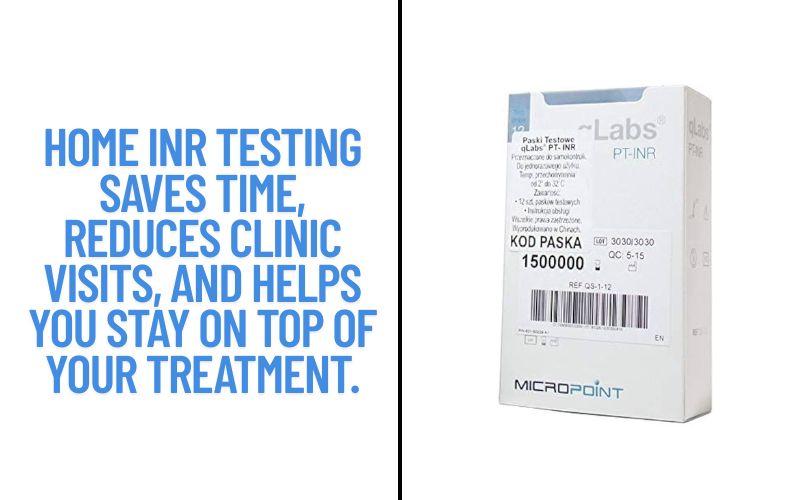
It also helps doctors adjust your medication more accurately, based on real-time results.
🧪 How Does Home INR Testing Work?
You use a small handheld device (like the qLabs Q-3 Coagulation Analyzer) along with INR test strips.
Here’s how it works:
- Wash your hands
- Insert the test strip into the machine
- Use a finger-prick device (lancet) to get a tiny drop of blood
- Put the blood on the strip
- Wait a few seconds — your INR result appears on screen!
It’s very similar to how people with diabetes check their blood sugar at home.
🛡️ Is It Accurate?
Yes — when used correctly, home INR testing is highly accurate. Devices like qLabs Q-3 are trusted by hospitals and patients alike.
Just make sure to:
- Use genuine strips (like qLabs 12 PT INR test strips)
- Store them in a cool, dry place
- Check the expiry date
- Follow the instructions carefully
📦 About qLabs PT INR Test Strips (Pack of 12)
If you already have the qLabs Q-3 analyzer, these 12 strips are perfect for weekly or bi-weekly testing at home.
Key Features:
- For use with qLabs Q-3 device
- 12 individual test strips
- 1-year or longer expiry
- Easy to carry and store
- Fast, lab-level results
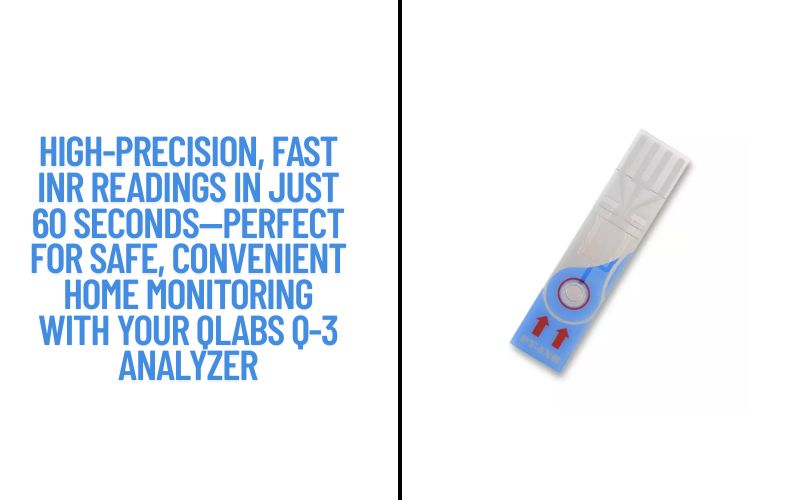
🔗 [Insert your product link here]
💬 FAQs
Q: How often should I test my INR at home?
👉 Usually once a week, or as advised by your doctor.
Q: Can I rely on home INR results?
👉 Yes, home testing is reliable if done correctly with validated devices like qLabs.
Q: Do I need a prescription?
👉 In most cases, no — but it’s always best to talk to your doctor before starting self-monitoring.
Managing your PT INR levels has never been easier. With qLabs PT INR Strips, you can now perform an At-Home PT INR Test without visiting a lab. These easy-to-use test strips are designed for accurate and reliable INR monitoring from the comfort of your home. Ideal for patients on blood thinners or those needing regular INR checks, qLabs strips save time, reduce stress, and give you more control over your health. No long queues, no repeated clinic visits—just fast, convenient results when you need them. Stay proactive about your health with qLabs PT INR Strips today.
Have a questions? Call to us!
Mobile: (+91) – 987-180-4970,
Mail: contact@snapshophub.com


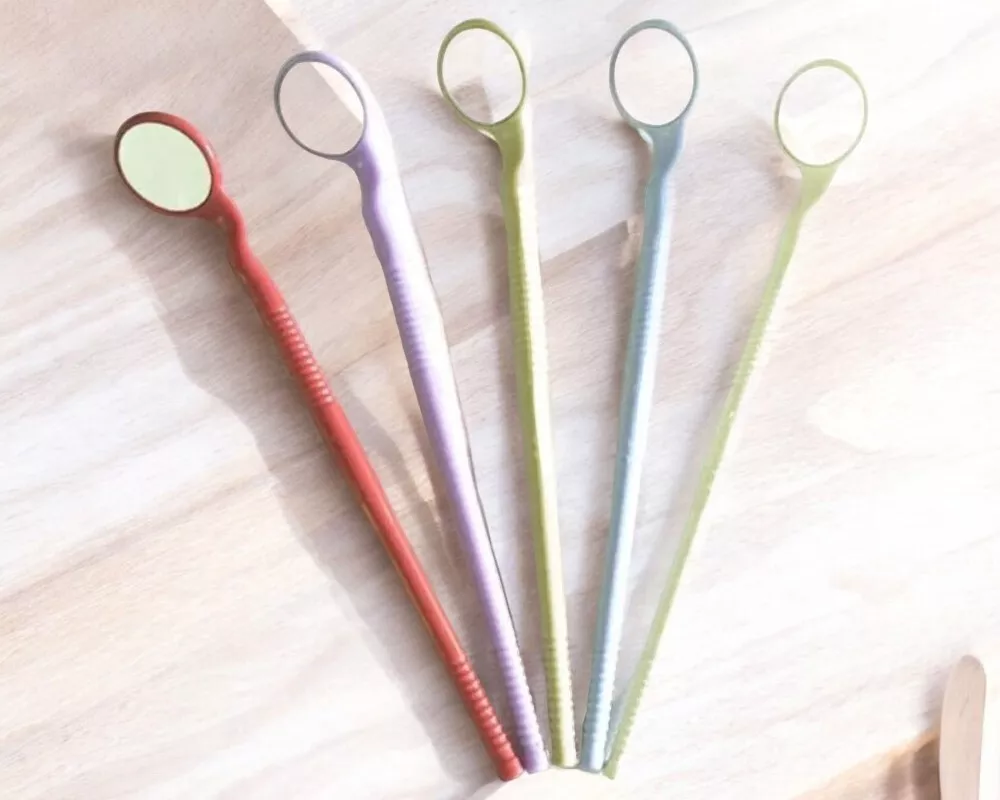
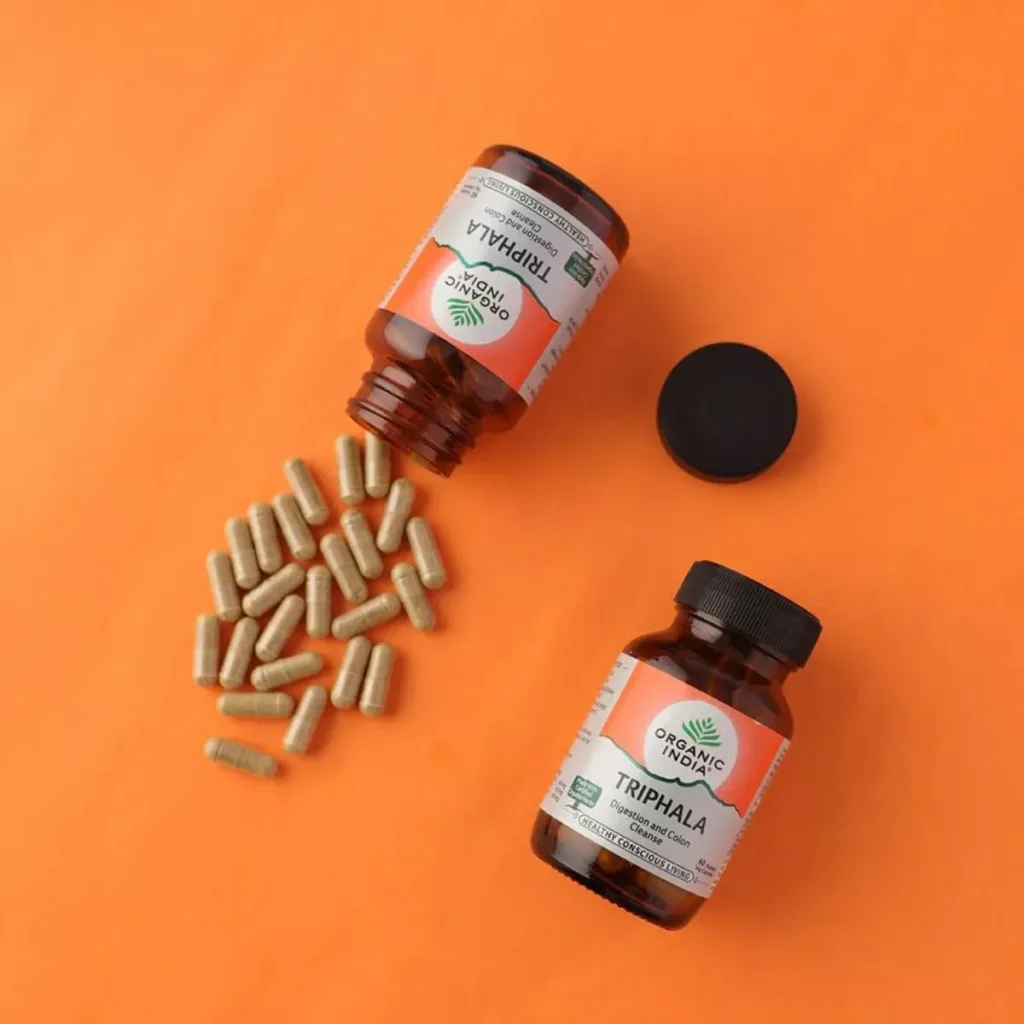


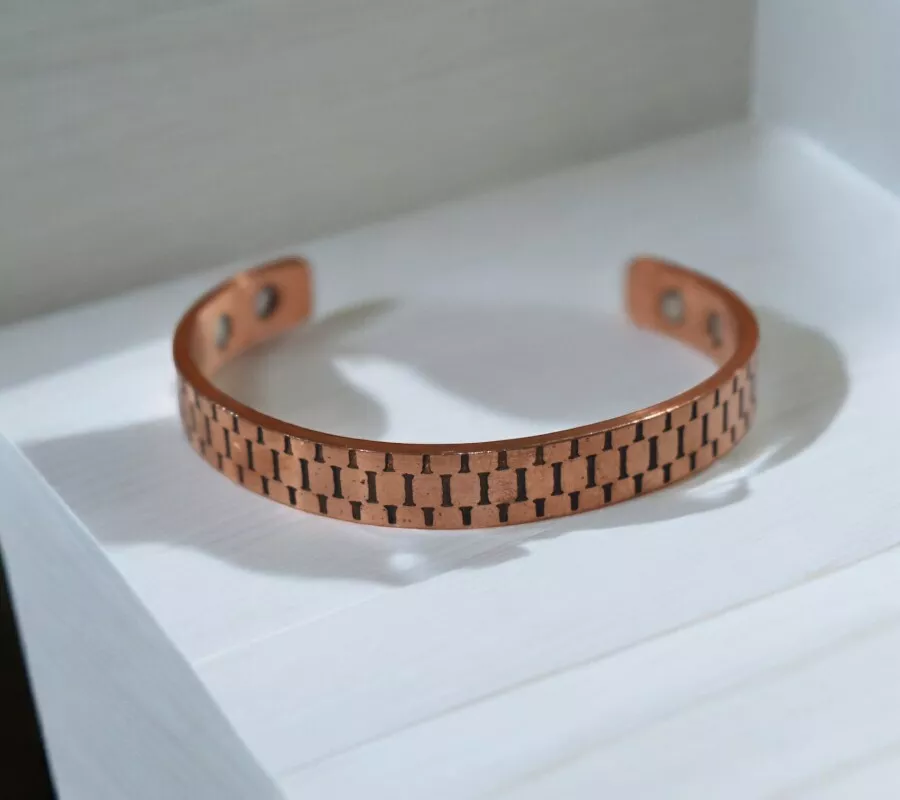




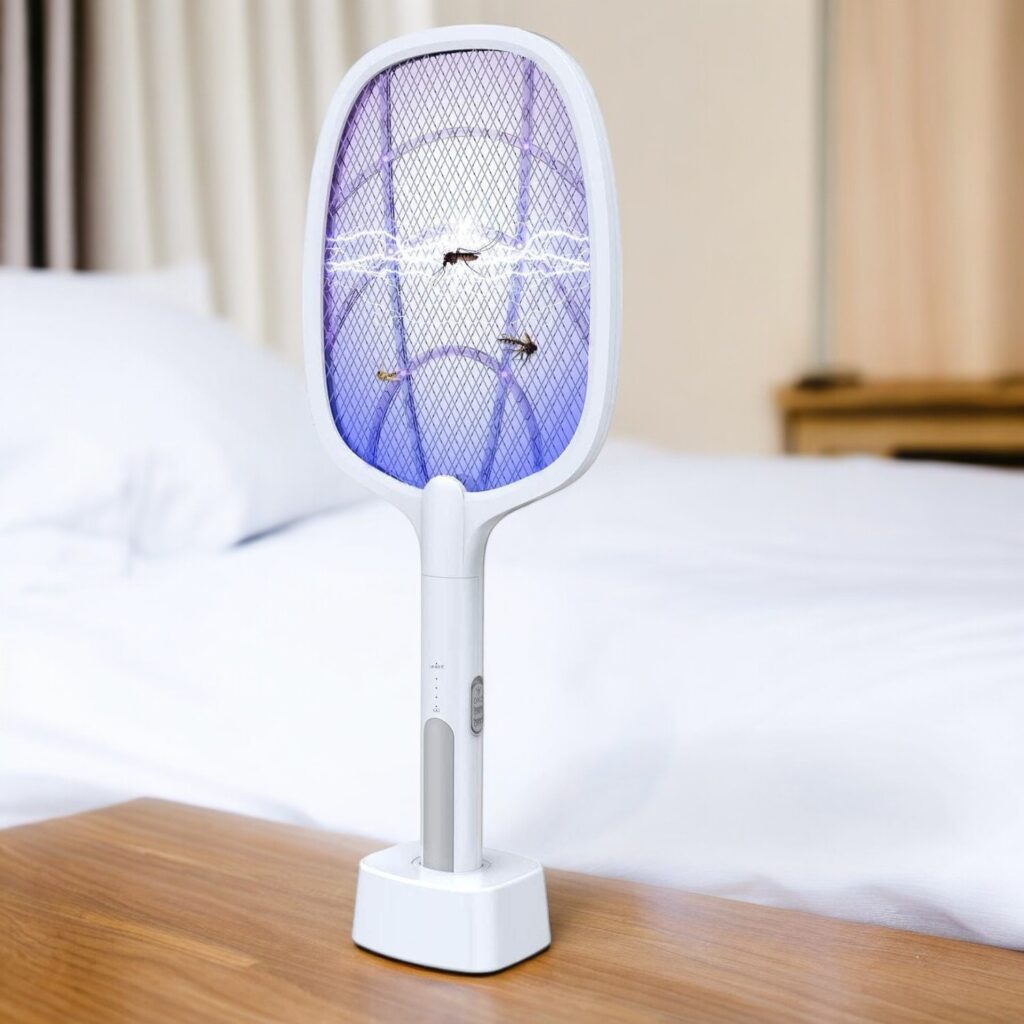



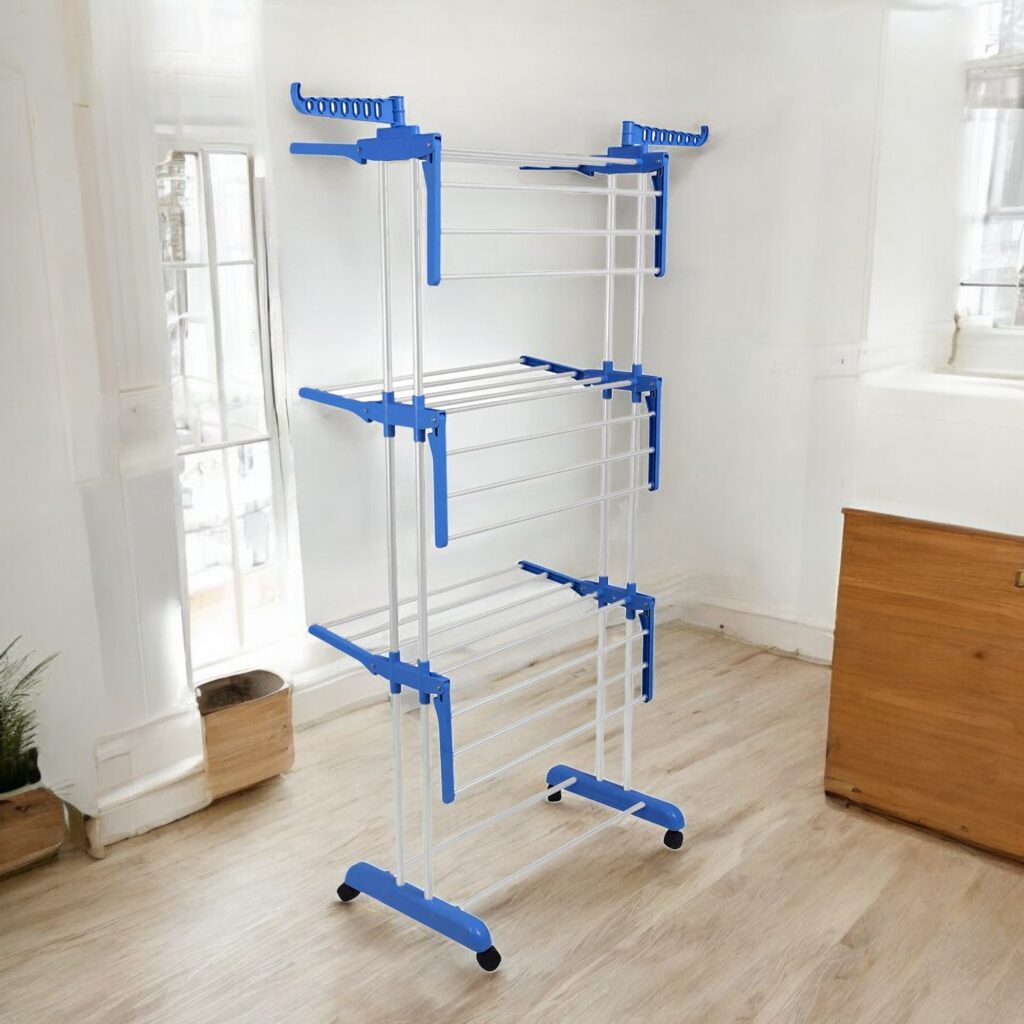

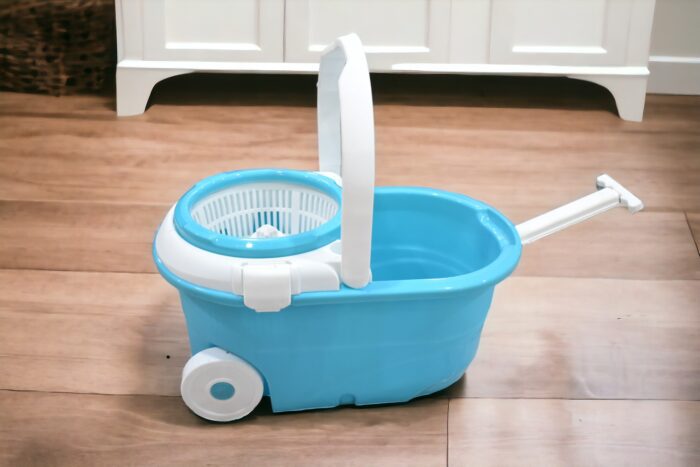

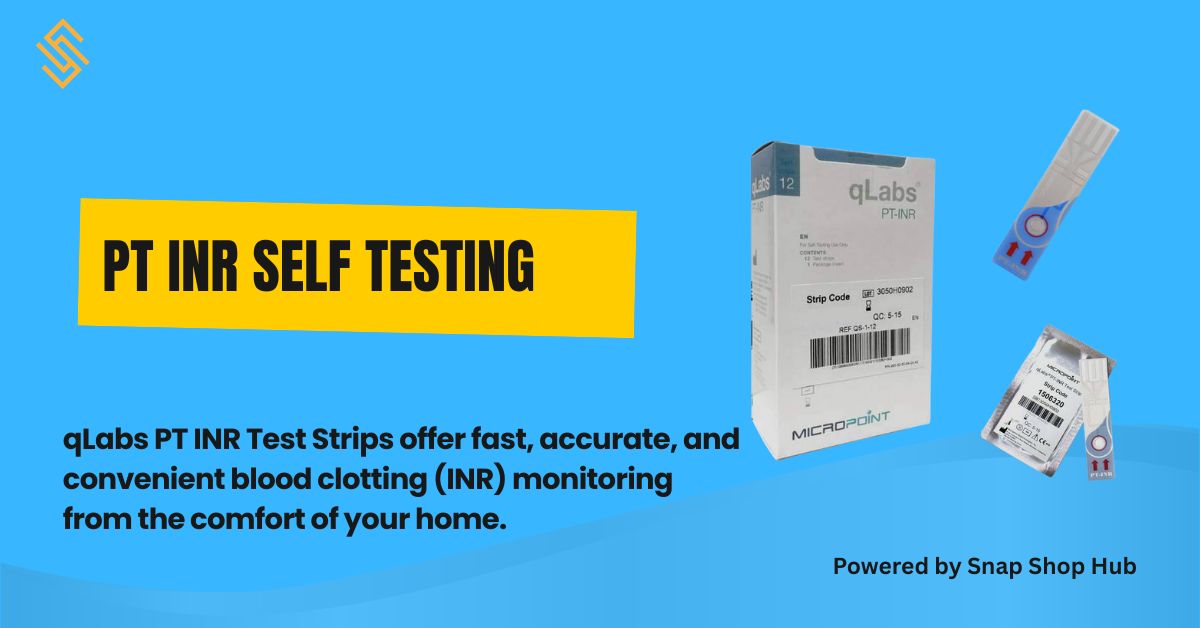



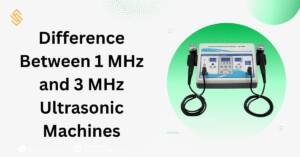
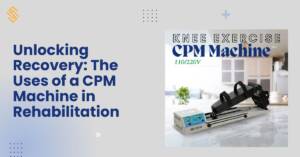







One comment
Vergi Kime Ödenir
I really like reading through a post that can make men and women think. Also, thank you for allowing me to comment!